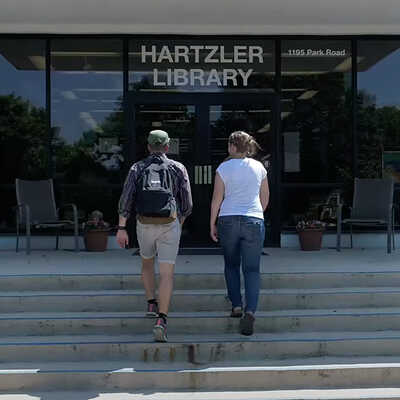University of Richmond
Taking real steps towards sustainability
In May, 2016 Secure Solar Futures completed a solar power generation system on the campus of the University of Richmond (UR) in Richmond, Virginia. With a generating capacity of 205 kilowatts, the array was installed on the roof of the Weinstein Recreation and Wellness Center and produces enough clean energy to power the equivalent of more than 200 average American homes. During its 35-year lifespan, the solar power system is expected to save the university $848,300 in avoided costs for utility power.
The UR project is home to the first commercial application of SolarWorld USA bi-sun solar panels, which increase efficiency by taking advantage of solar radiation from both direct sunlight on the front and ambient light from the back. Employing various roof and solar panel types, the array was designed to be a research and development tool for both UR students and faculty and SolarWorld Americas Inc. The project was also the first commercial-scale power purchase agreement (PPA) in the state of Virginia since a pilot program in Dominion Virginia Power’s territory began in 2013.
Secure Solar Futures, through a project company of local investor, Richmond Solar, LLC, purchased and owns the solar panels on the UR campus. UR hosts the solar facility, and buys electricity generated from the panels at a predetermined price through a power purchase agreement. The project was financed by sponsorship equity from SolarWorld Americas Inc. and an individual, a bridge loan from Community Capital Bank of Virginia, and permanent financing from M&T Bank.
The project consists of 749 mono facial and bifacial solar panels manufactured by SolarWorld Americans Inc, in Hillsboro Oregon. This was the first project in the United States to make use of SolarWorld’s Sunmodule Bisun panel technology – which are projected to generate up to 25% more energy, when compared to the standard mono-facial modules. The Bisun panels can generate electricity from direct exposure to solar radiation as well as reflected sunlight on the back of the panel.
In September, 2017 the Princeton Review added the University of Richmond to its Guide to 375 Green Colleges, largely because the school had installed an on-site solar energy system. The guide is designed to allow prospective students to see a college’s commitment to the environment. Earning a listing in the guide can have a positive impact on a school’s admissions.
The Challenge
Power the campus and create research opportunities in clean energy
The Result
The University will save $848,300 and was included in the Princeton Review’s Guide to 375 Green Colleges





